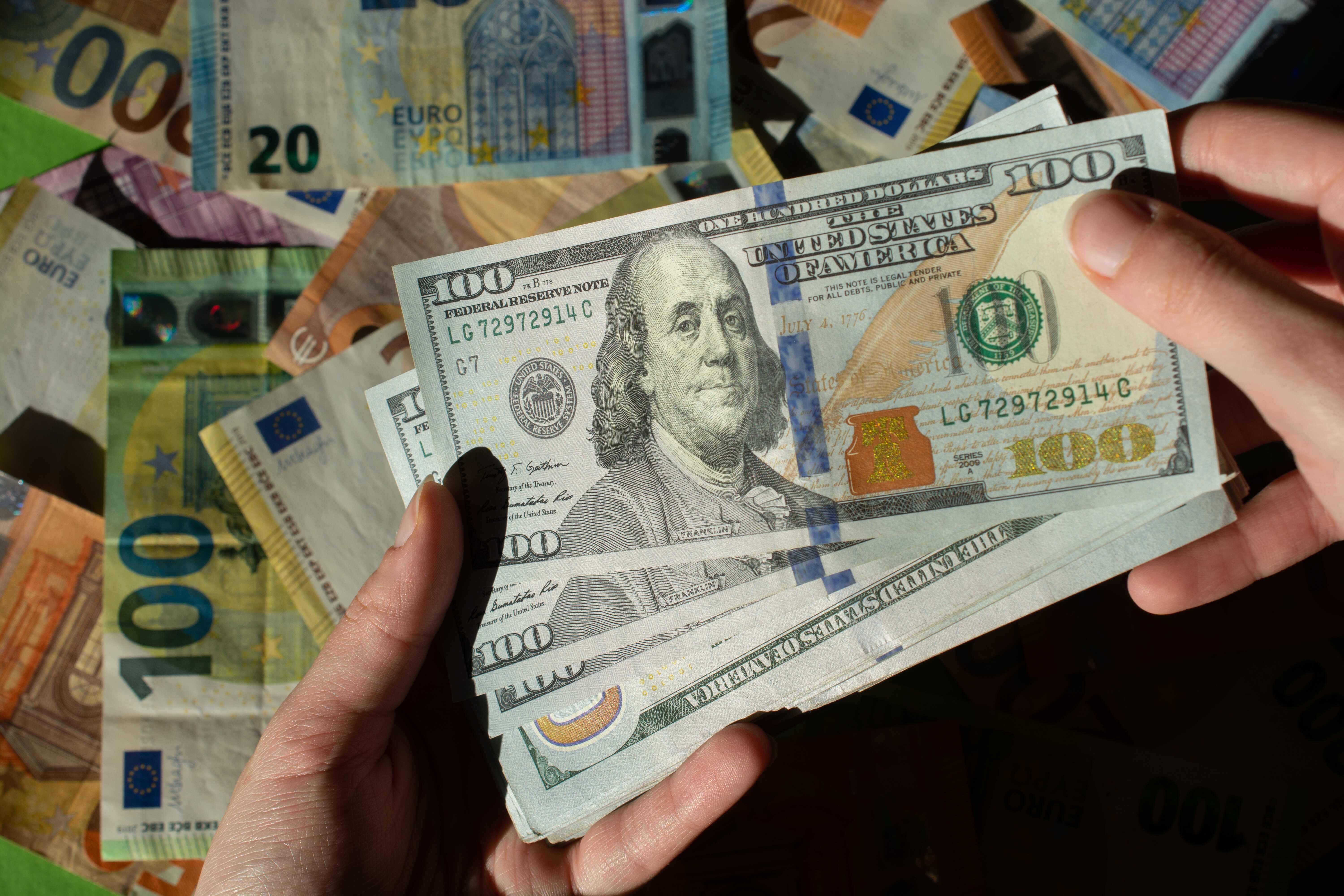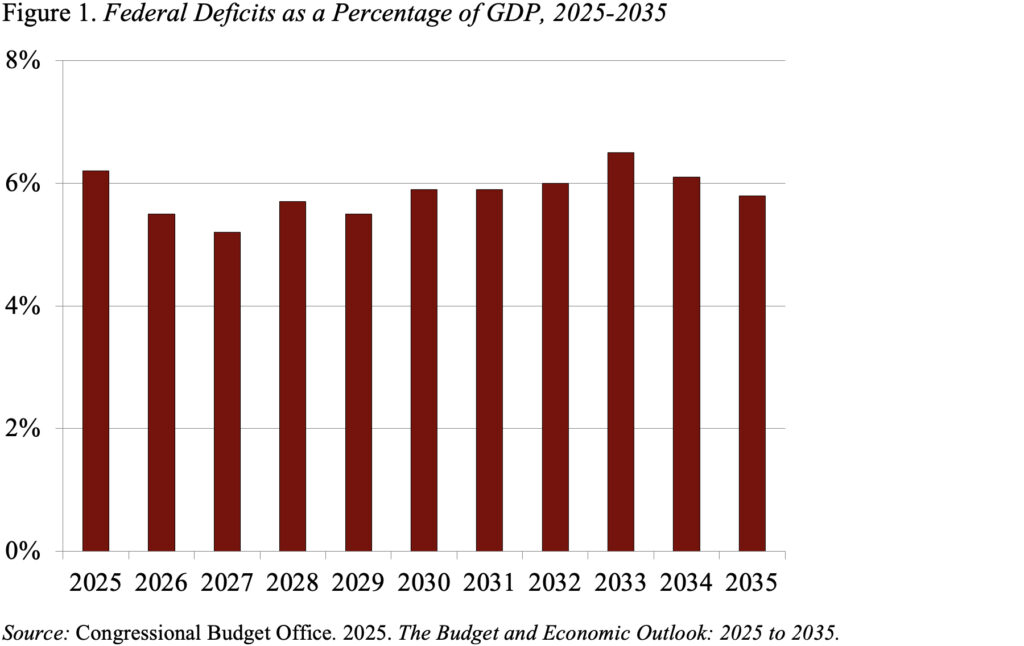This Stock Is Up 78% In Just 3 Months. Here's Why It Could Go Even Higher.

It wasn't too long ago when insurance disruptor Lemonade (NYSE: LMND) was essentially left for dead by investors. After peaking in early 2021, at one point Lemonade fell by 94% from its all-time high as profitability concerns weighed on the stock.
Fast-forward a few years, and Lemonade is finally starting to show serious signs of life. The stock has gained nearly 80% in the past three months, and it's fair to say that investors are becoming more optimistic about the insurance disruptor's future. Here's a rundown of why Lemonade has performed so well, and why it could have more upside ahead in 2025 and beyond.
Where to invest $1,000 right now? Our analyst team just revealed what they believe are the 10 best stocks to buy right now. See the 10 stocks »
The stock price gain is justified
There were two key events that caused Lemonade stock to rocket higher in the past few months, and you can see them in the chart below. The first was its third quarter earnings results, which were released on Oct. 30 and were responsible for the initial surge. Then, Lemonade held an investor day in mid-November, and the stock spiked even higher as a result. So let's take these one at a time.
When it comes to the third quarter results, there was a lot to like about the numbers. Just to name some of the highlights:
- Lemonade's in-force premium grew by 24% year over year, which represents an acceleration over the 18% growth rate it posted a year prior.
- The company's gross loss ratio was 73%, 10 percentage points better than the third quarter of 2023 and the first time in Lemonade's publicly traded history it came in below management's 75% target.
- Lemonade produced positive net cash flow in the third quarter and expects to continue doing so for the foreseeable future.
- Lemonade's gross profit margin expanded by eight percentage points year over year.
The key takeaway from that earnings report is that Lemonade is making tremendous progress toward profitability. Sure, an accelerating growth rate is certainly a great thing. But the biggest reason Lemonade plunged from its 2021 peak is that the sustainability of its business model was in question. Although the company isn't generating positive net income just yet, positive cash flow has shown that this company is here to stay. Plus, Lemonade reiterated that it expects to release adjusted EBITDA profitability in 2026, which would be a big accomplishment.
On the other hand, the company's investor day was all about the future. Management outlined its strategy to scale from $1 billion in in-force premium, about where it is now, to $10 billion. It also said that it expects the company to be net (GAAP) profitable by the end of 2027.
Perhaps Lemonade's highest-potential product, auto insurance, only accounts for about 13% of the in-force premium today. And the investor day presentation emphasized that it will be a major growth driver in the coming years, claiming that the majority of drivers will save money with Lemonade's telematics-driven insurance. Management believes auto insurance will be by far the biggest driver of growth on the way to $10 billion in in-force premium.
If scaling the business to $10 billion sounds unrealistic, there are two key points to know. First, Lemonade has grown its business tenfold already in the past six years, and at the current rate of in-force premium growth, it would grow tenfold again in less than 11 years. Lemonade believes it can achieve a 30% annualized growth rate, which would grow the business tenfold in less than nine years. Plus, the top insurance companies bring in more than $100 billion in revenue every year, so a $10 billion target would make Lemonade still a midsize insurer.
Things that could make Lemonade go even higher
Lemonade may have soared over the past year, but there is a lot that could propel the stock even higher if management can execute. Just to name a couple examples, if Lemonade can accelerate its growth rate closer to its 30% target or can keep its loss ratio below 75% for several consecutive quarters, it could certainly result in more upside.
To be sure, there's quite a bit of execution risk and Lemonade is likely to be a high-volatility stock, even if things are going well, but the recent progress is impressive and there's a lot to like about this business.
Don’t miss this second chance at a potentially lucrative opportunity
Ever feel like you missed the boat in buying the most successful stocks? Then you’ll want to hear this.
On rare occasions, our expert team of analysts issues a “Double Down” stock recommendation for companies that they think are about to pop. If you’re worried you’ve already missed your chance to invest, now is the best time to buy before it’s too late. And the numbers speak for themselves:
- Nvidia: if you invested $1,000 when we doubled down in 2009, you’d have $320,756!*
- Apple: if you invested $1,000 when we doubled down in 2008, you’d have $45,331!*
- Netflix: if you invested $1,000 when we doubled down in 2004, you’d have $527,508!*
Right now, we’re issuing “Double Down” alerts for three incredible companies, and there may not be another chance like this anytime soon.
*Stock Advisor returns as of January 27, 2025
Matt Frankel has positions in Lemonade. The Motley Fool has positions in and recommends Lemonade. The Motley Fool has a disclosure policy.


